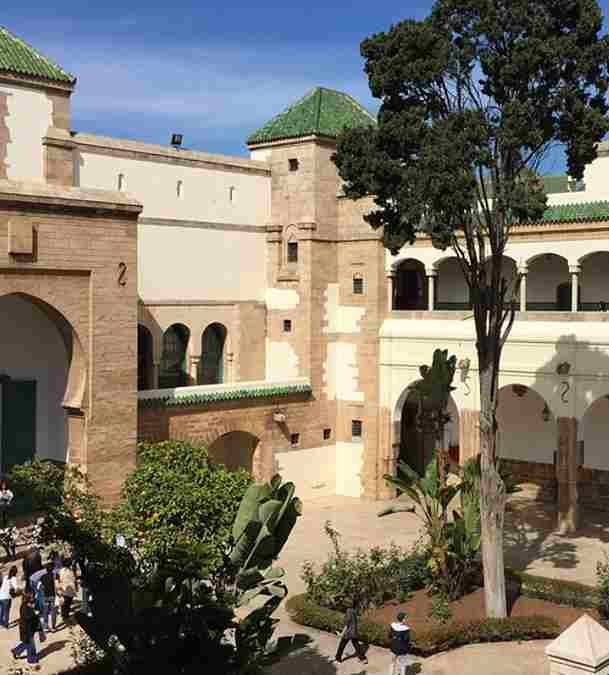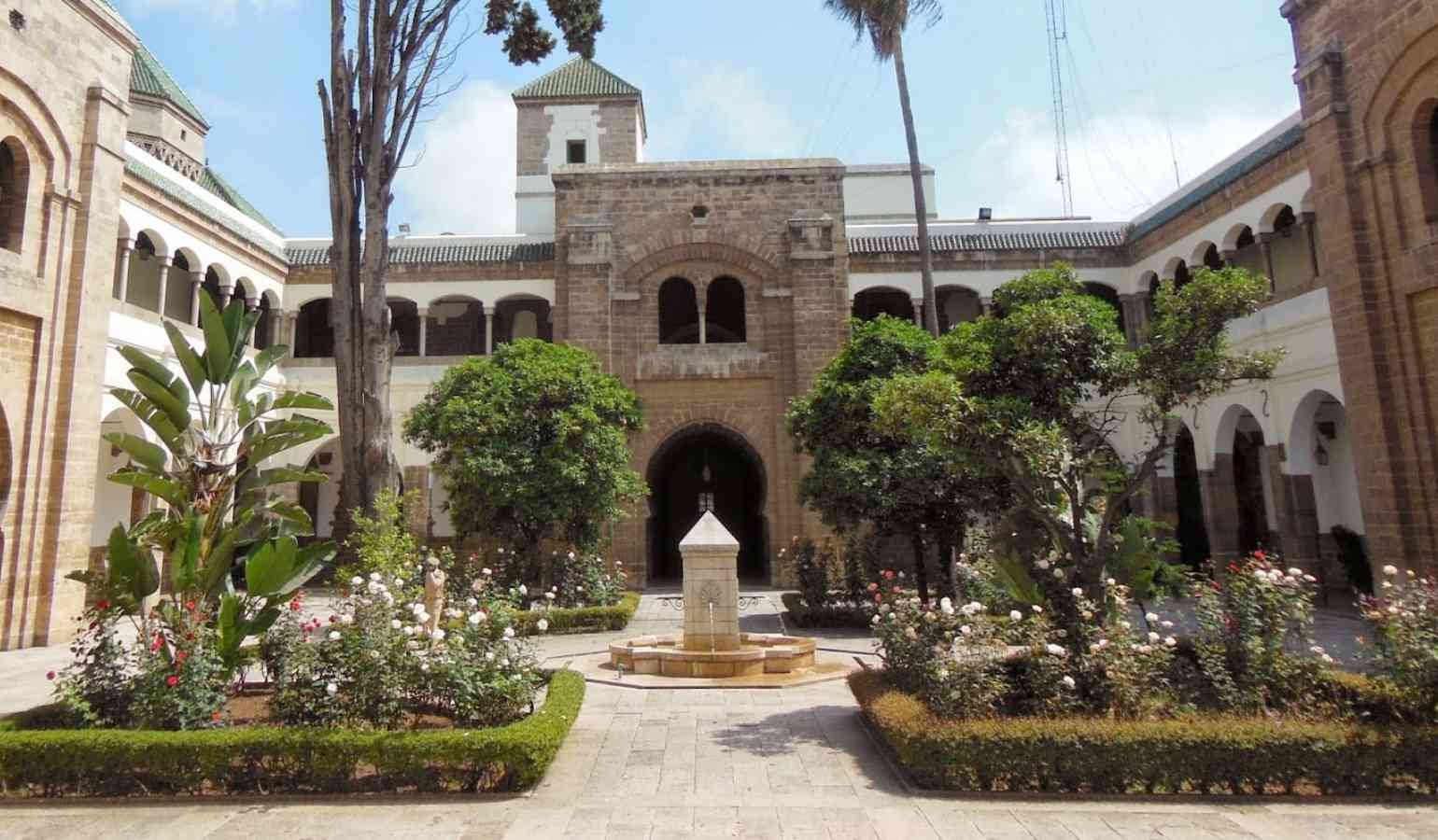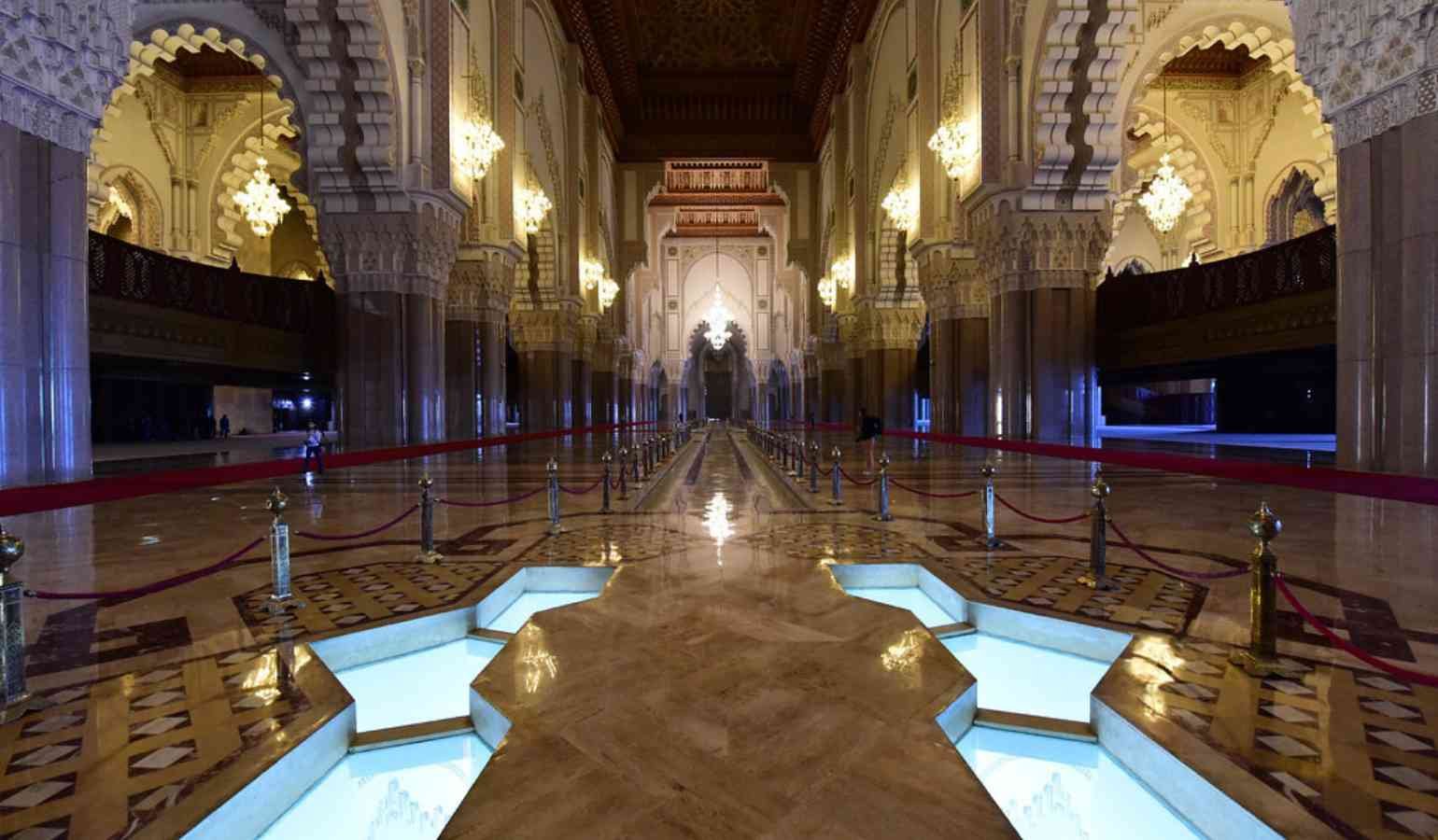Nestled in the heart of Casablanca, the Habous Quarter, also known as Quartier Habous or New Medina, is a charming neighborhood that beautifully merges traditional Moroccan architecture with the city’s modern dynamism. Built in the early 20th century, the Habous Quarter is a testament to Casablanca’s rich cultural heritage and its evolution into a cosmopolitan metropolis. For visitors and locals alike, this district offers a glimpse into Morocco’s past while reflecting the country’s ability to adapt and innovate.
The Origins of the Habous Quarter
The Habous Quarter was established in the 1920s under the French Protectorate, during a period when Casablanca was undergoing rapid urban expansion. The quarter was designed by French architects, inspired by the traditional medinas found in Moroccan cities such as Fez and Marrakech, but with a modern twist. The goal was to create a residential area that catered to the needs of a growing urban population while preserving the cultural and architectural essence of Morocco.
The neighborhood was named after the “habous,” or Islamic charitable endowments, that played a significant role in Moroccan society. These endowments were often used to fund religious and social projects, such as mosques, schools, and public facilities. The Habous Quarter was designed to reflect this spirit of community and philanthropy, with its layout and buildings serving both practical and cultural purposes.

Habous Quarter, Casablanca, Morocco
Architectural Harmony, A Blend of Old and New
One of the most striking features of the Habous Quarter is its unique blend of traditional Moroccan and French colonial architecture. The neighborhood’s design incorporates elements of classic Moroccan medinas, such as narrow alleys, arched doorways, and intricate tilework, while also integrating modern urban planning principles.
The streets of Habous are lined with whitewashed buildings adorned with green-tiled roofs, reminiscent of traditional Moroccan kasbahs. The district’s architecture showcases the beauty of Moroccan craftsmanship, with its detailed woodwork, stucco decorations, and zellij (mosaic tile) patterns. The arches, courtyards, and souks (markets) evoke the atmosphere of an ancient medina, offering a serene contrast to the bustling modern city of Casablanca.
The Soul of Habous: Markets, Mosques, and More
The Habous Quarter is not just a residential area; it’s a vibrant cultural hub that offers a wealth of experiences for visitors. The neighborhood is home to several important landmarks, markets, and institutions that capture the essence of Moroccan life.
Souk Habous: One of the highlights of the quarter is the Souk Habous, a bustling market where visitors can find a wide array of traditional Moroccan goods. From handcrafted leather products and pottery to spices and textiles, the souk offers an authentic shopping experience. The market is particularly famous for its bookstores, where you can find a variety of Arabic and French literature, as well as Islamic texts and calligraphy.
Mosques and Religious Sites: The Habous Quarter is also known for its beautiful mosques, which serve as important spiritual centers for the local community. The most notable is the Mahkama du Pacha, a stunning building that functions both as a courthouse and a mosque. Its ornate interior, featuring carved wooden ceilings and marble columns, is a masterpiece of Moroccan craftsmanship.
Bakeries and Cafés: A visit to the Habous Quarter would be incomplete without sampling some of the local delicacies. The district is home to several traditional Moroccan bakeries that are famous for their pastries, such as kaab el ghzal (almond-filled crescent cookies) and ghriba (coconut macaroons). The area’s cafés offer a perfect spot to relax and enjoy a cup of mint tea while soaking in the ambiance of this historic neighborhood.


Cultural Significance and Modern Relevance
The Habous Quarter holds a special place in the cultural landscape of Casablanca. It represents a successful integration of traditional Moroccan values with modern urban development, making it a symbol of Morocco’s ability to preserve its heritage while embracing change. The neighborhood continues to thrive as a center of commerce, religion, and culture, attracting both locals and tourists who are drawn to its unique charm.
Today, the Habous Quarter is a popular destination for those looking to explore the more authentic side of Casablanca. Its markets, mosques, and architectural wonders provide a window into Morocco’s rich history, while its ongoing vitality ensures that it remains a dynamic part of the city’s present and future.
Practical Tips for Visiting the Habous Quarter
- Getting There: The Habous Quarter is located in the eastern part of Casablanca and is easily accessible by taxi or public transport. It’s a short drive from the city center, making it a convenient destination for a day trip.
- Exploring the Souk: When visiting the souk, take your time to browse and don’t hesitate to engage in some friendly bargaining. It’s a common practice in Moroccan markets and can be a fun way to interact with the vendors.
- Cultural Etiquette: As the Habous Quarter is a residential area with several religious sites, it’s important to dress modestly and respect local customs, particularly when visiting mosques.
- Photography: The neighborhood’s picturesque streets and beautiful architecture make it a great place for photography. However, be mindful of taking photos of people, especially in the souks, as it’s polite to ask for permission first.
The Habous Quarter—A Timeless Gem in Casablanca
The Habous Quarter is more than just a neighborhood; it’s a living museum that captures the spirit of Casablanca’s past while reflecting its vibrant present. Whether you’re exploring its bustling souks, admiring its architectural beauty, or simply soaking in the local culture, a visit to the Habous Quarter offers a unique and enriching experience that is quintessentially Moroccan.




